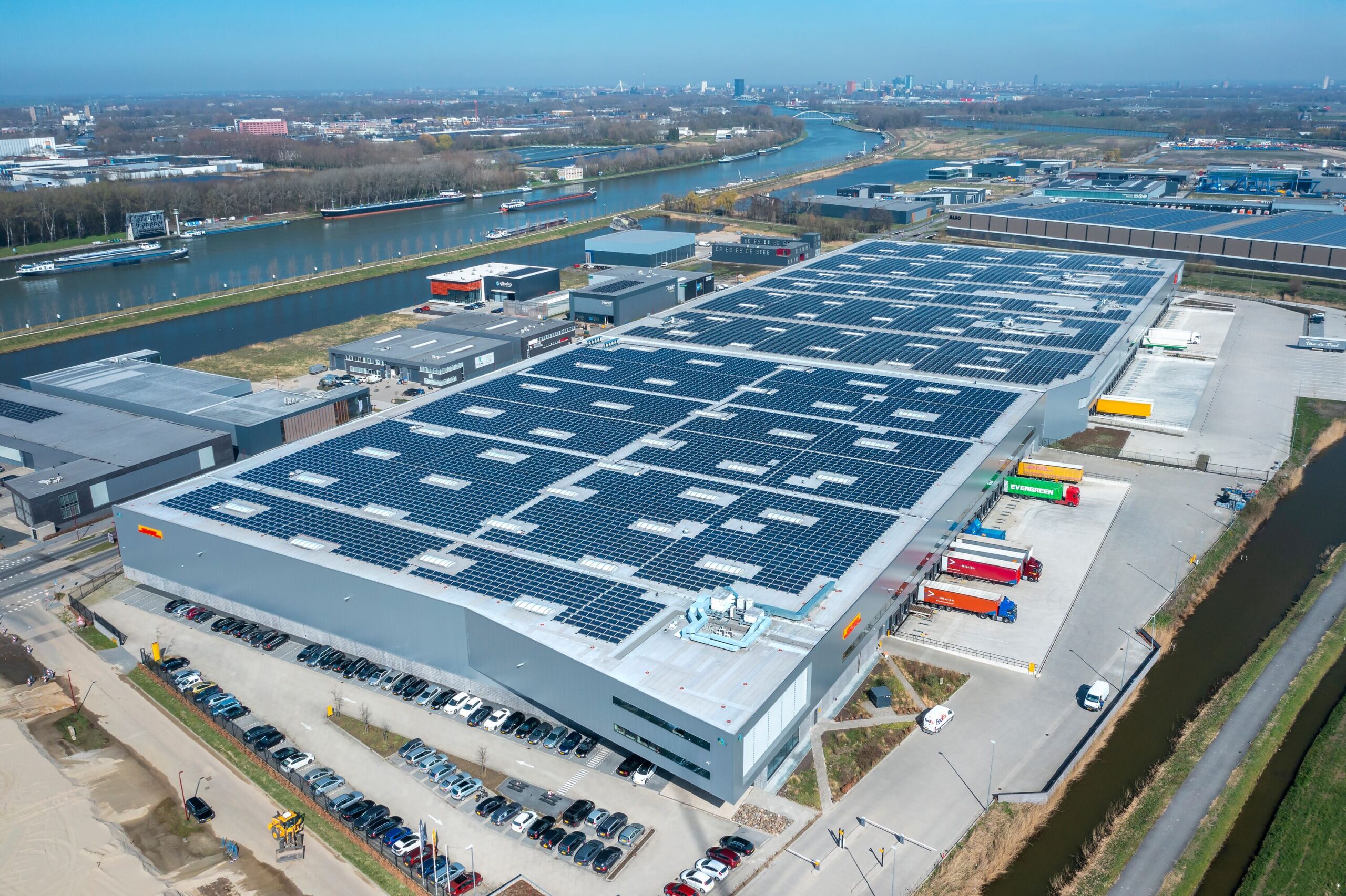As we move through 2024, the logistics real estate sector continues to show robust growth, driven by several key trends that are shaping the market. This article delves into the current market dynamics, highlighting the factors contributing to the sector’s expansion and the emerging patterns to watch.
E-commerce Expansion
The continued rise of e-commerce remains a significant driver of logistics real estate demand. Online shopping trends, accelerated by the COVID-19 pandemic, show no signs of slowing down. Retailers are increasingly seeking strategically located warehouses and distribution centers to ensure quick delivery times and efficient last-mile logistics. This demand is particularly pronounced in urban areas, where proximity to consumers is crucial.
Increased Demand for Cold Storage
The growth of online grocery shopping and the pharmaceutical sector, especially the distribution of temperature-sensitive products like vaccines, has spurred an increased demand for cold storage facilities. These specialized warehouses require advanced temperature control systems and are often located near major transportation hubs to facilitate rapid distribution.
Supply Chain Resilience
The disruptions experienced during the pandemic have prompted companies to rethink their supply chain strategies. There is a growing emphasis on resilience, leading to increased investment in logistics real estate to diversify and localize supply chains. Businesses are now favoring multiple smaller warehouses over a few large distribution centers to mitigate risks and ensure continuity.
Technological Advancements
Technological innovation is transforming logistics real estate. The adoption of automation, robotics, and AI-driven warehouse management systems is becoming standard practice. These technologies enhance efficiency, reduce labor costs, and improve inventory management. Smart warehouses equipped with IoT devices provide real-time data, enabling better decision-making and operational optimization.
Sustainability Initiatives
Sustainability is a critical focus in 2024. Developers and tenants alike are prioritizing eco-friendly practices. This includes the construction of green buildings with energy-efficient designs, the use of renewable energy sources, and the implementation of sustainable logistics practices. Investors are increasingly considering the environmental impact of their properties, with green certifications becoming a valuable asset.
Rising Rents and Property Values
The high demand for logistics real estate, coupled with limited supply, is driving up rents and property values. Prime locations, especially those near major cities and transportation networks, are witnessing significant price appreciation. This trend is attracting substantial investment from institutional investors seeking stable, long-term returns.
Urban Logistics Hubs
The concept of urban logistics hubs is gaining traction. These hubs are strategically located within or near cities to facilitate rapid delivery and reduce transportation costs. They are essential for supporting the growth of same-day and next-day delivery services, which are becoming standard expectations among consumers.
Globalization and Cross-Border Trade
Despite geopolitical tensions and trade disruptions, globalization continues to influence logistics real estate. Cross-border e-commerce and international trade require extensive logistics networks, driving demand for warehouses and distribution centers in key trade corridors. Free trade agreements and improvements in infrastructure are further supporting this trend.
Flexibility and Adaptability
Flexibility is becoming a critical factor in logistics real estate. Tenants are seeking adaptable spaces that can accommodate changing business needs. Modular construction and flexible lease terms are becoming more common, allowing businesses to scale operations up or down as required.
Conclusion
The logistics real estate market in 2024 is characterized by strong demand and significant transformation. E-commerce growth, technological advancements, and sustainability initiatives are key drivers shaping the sector. As businesses adapt to new challenges and opportunities, the demand for strategically located, technologically advanced, and sustainable logistics facilities will continue to rise. Investors and developers who stay ahead of these trends are well-positioned to capitalize on the thriving logistics real estate market.
